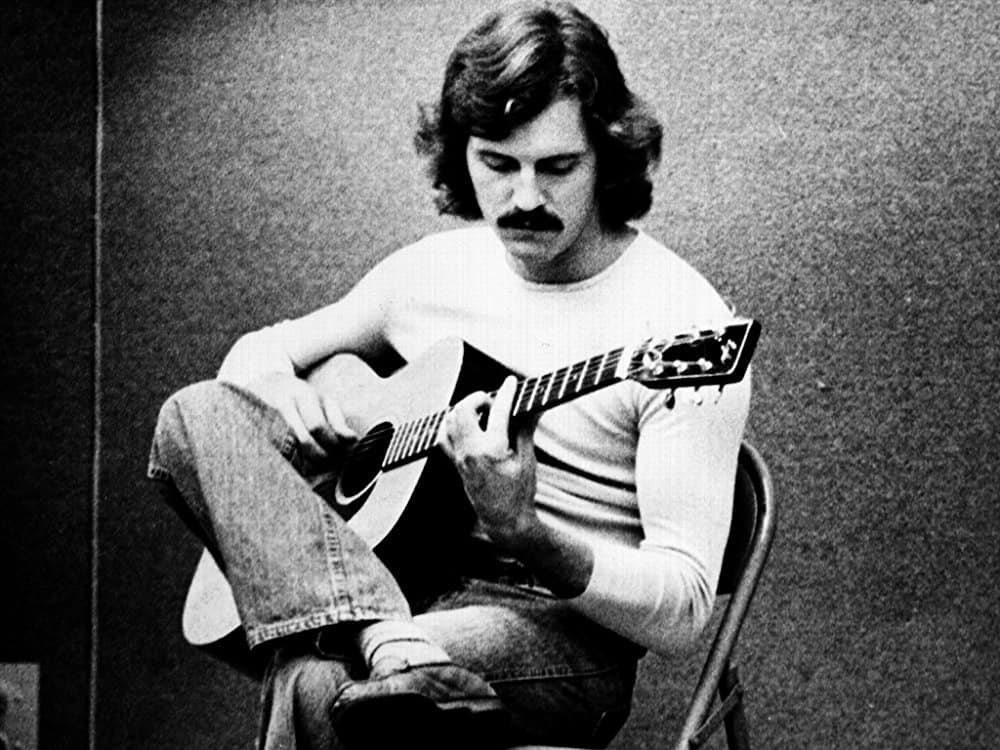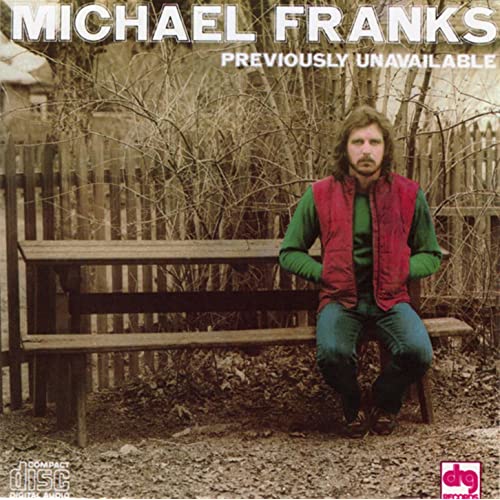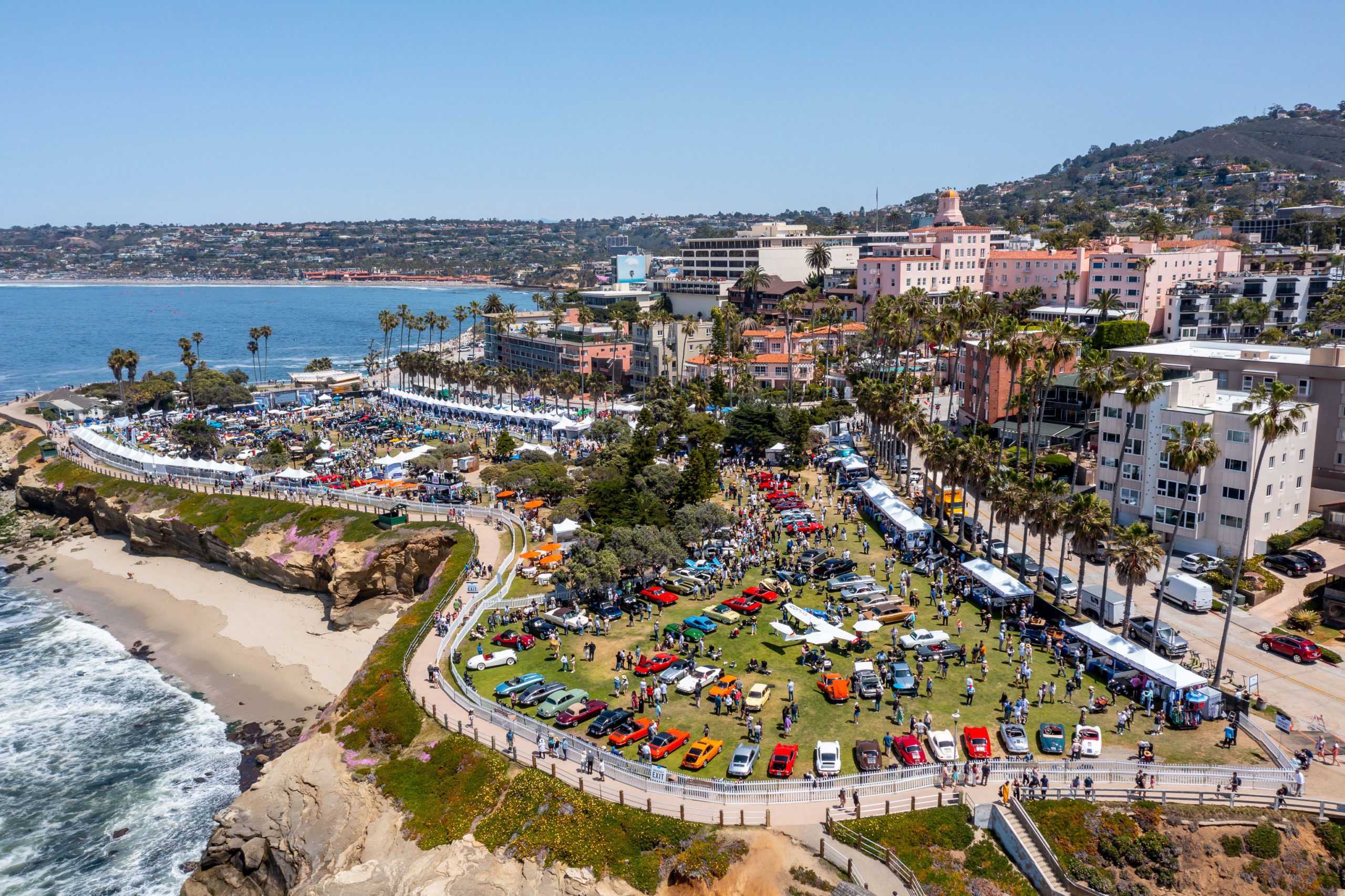La Jolla continues to play host to an impressive regional roster of resident musicians worthy of note but not yet having achieved that eternal longed-for national recognition, (notwithstanding the recent residential addition of popular recording artist Alicia Keyes), however, on September 18, 1944 The Jewel of the Pacific welcomed future singer/composer chart topper Michael Franks into the neighborhood and a family parented by Gerald, and Betty Franks and later joined by sister Christine. Although no one in his family was a musician, his parents loved swing music, and his early influences included Peggy Lee, Nat King Cole, Ira Gershwin, Irving Berlin, and Johnny Mercer. At age 14 Franks bought his first guitar, a Japanese Marco Polo for $29.95 with six private lessons included; those lessons were the only music education that he received.

At University High in San Diego, Franks discovered the poetry of Theodore Roethke with his off-rhymes and hidden meter. In high school, he began singing folk-rock, accompanying himself on guitar. Studying English at UCLA, Michael discovered Dave Brubeck, Patti Page, Stan Getz, João Gilberto, Antonio Carlos Jobim, and Miles Davis. He never studied music in college or later, but earned a Bachelor of Arts degree from UCLA in comparative literature in 1966 and a Master of Arts degree from the University of Oregon in 1968. He had a teaching assistantship in a Ph.D. program in American literature at the University of Montreal before returning to teach part-time at UCLA.
During this time Franks started writing songs, starting with the antiwar musical Anthems in E-flat (1968) starring Mark Hamill. He also composed music for the films Cockfighter (1974), starring Warren Oates, and Zandy’s Bride (1974), starring Liv Ullmann and Gene Hackman. Sonny Terry and Brownie McGhee recorded three of his songs, including “White Boy Lost in the Blues” on their album Sonny & Brownie. Franks played guitar, banjo and mandolin on the album and joined them in touring. In 1973, he recorded an eponymous album, later reissued as Previously Unavailable, which included the minor hit “Can’t Seem to Shake This Rock ‘n Roll.”

In 1976 Franks released his second album The Art of Tea, which saw Franks begin a long relationship with Warner Brothers Music. The Art of Tea featured Joe Sample, Larry Carlton and Wilton Felder of The Crusaders and included the hit song “Popsicle Toes”. His third album, Sleeping Gypsy (1977), which includes the song “The Lady Wants to Know”, was partially recorded in Brazil. Around this time, percussionist Ray Armando gave Franks a cabasa, which became a signature instrument for him to play on stage when he was not playing guitar. Burchfield Nines (1978), which includes the song “When the Cookie Jar Is Empty,” reflects his move to New York City and features more of an East Coast sound. His discography, at the moment, includes 17 albums.
His best known works include “When I Give My Love to You,” “Popsicle Toes,” “Monkey See, Monkey Do,” “Lotus Blossom,” “Tiger in the Rain,” “Rainy Night in Tokyo,” and “Tell Me All About It.” His biggest hit came in 1983 with “When Sly Calls (Don’t Touch That Phone)” from the album Passionfruit. Radio hits include “Your Secret’s Safe With Me” from 1985’s Skin Dive, and “Island Life” from 1987’s The Camera Never Lies.
Michael Franks also recorded his cover version of “Christmas Time Is Here” (the Christmas classic and a personal La Jolla Insiders favorite) with jazz pianist David Benoit released in 1996 on Benoit’s Christmas album, Remembering Christmas.
Today, the native Southern Californian lives in San Diego with his wife, Claudia.







